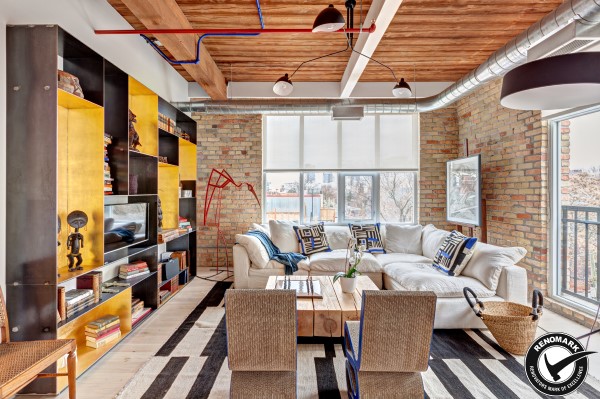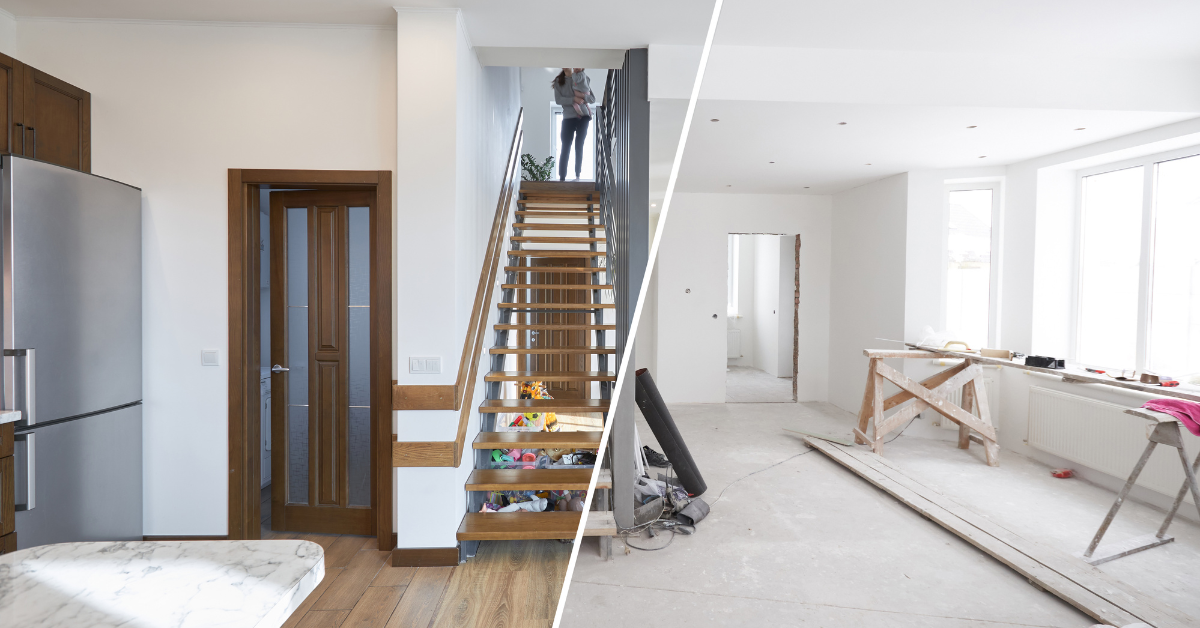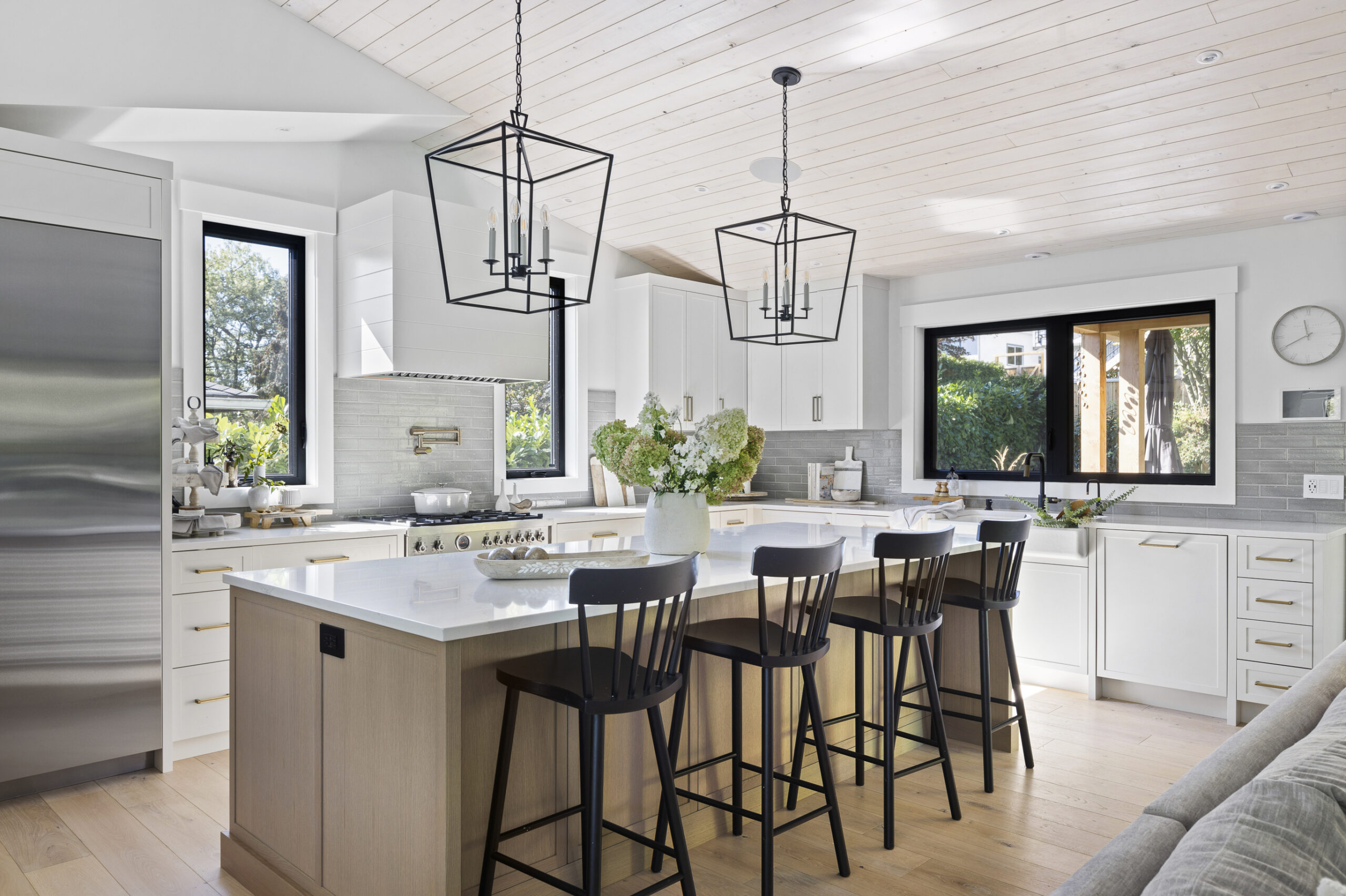

By Chris Phillips of Greening Homes Ltd.
Your home may look the same as your neighbour’s but it may be costing you more to maintain it. Not all homes are created equal. For example, there are homes within the Greater Toronto Area (GTA) that were built in the 1800s and have since been renovated many, many times to become more energy efficient.
Your home’s energy efficiency is affected by a combination of elements: electricity, heating, cooling, air leakage and insulation. Making your home more energy efficient in an integrated way can be complicated and all aspects of your home need to be considered. You can start this process on your own with a few key tips.
Switch to LED bulbs, use dimming features
Managing your electricity costs can be as simple as switching your light bulbs to LED. This alone can save you over 60 per cent of your lighting electricity use. Go one step further and use newer light switches that have a dimming feature, occupancy sensor (it will turn the light off if you leave it on) and smart home features. This type will cost more up front, but they will save you money in the long run: especially if someone in your home always forgets to turn off the light!
Consider the location of your thermostat
Ensure your thermostat is installed in a central location without anything blocking it. If a curtain or something else blocks the airflow around it it won’t register the temperature in your home properly and can lead to overheating or over-cooling. Also, check the expiry date on your thermostat. Just like smoke detectors, there is a practical life expectancy for these devices. I suggest that after 10 years of use you should consider replacing it.
Consider the temperature settings for when you’re not home. It’s smart to adjust the setting by 10 degrees Celsius so your system won’t turn on when you don’t need it to. This will save you money in operational costs and can help increase the life-span of your heating and cooling system. A Smart Thermostat allows you to return your home to a comfortable temperature, firing the system 30 minutes before you arrive.
Fix leaky windows
After addressing the more proactive things like your thermostat settings and lighting systems, you should look at the passive parts of your home that are costing you money- like air leaks. If the seals around windows and doors are leaking, then you are losing valuable heated or cooled air all the time. This can be fixed simply by replacing the gaskets or applying caulking. You can also eliminate air leakage and create a much better building envelope by rebuilding old exterior walls with a well-detailed air and vapour retarder and adding insulation to create a more comfortable living space.
Using a professional renovator to help guide you through the process of making your home more energy efficient will help save you money. Always remember to obtain a detailed contract and get building and electrical permits when they are required. This will protect you and ensure that the work is completed according to code.
If this column has generated any thoughts or questions regarding a past or future renovation please send your questions to RenoMark@bildgta.ca and look for our answers to your questions in the next Ask a RenoMark Renovator column. I look forward to hearing from you.
Chris Phillips holds a Masters Degree in Building Science from Ryerson University and is a graduate of the Sustainable Design and Build program at Fleming College. Chris is also a LEED Accredited Professional. Realizing the need to make a difference in an often incredibly wasteful and unhealthy industry, Chris founded the green building/renovations firm Greening Homes Ltd. in 2007.



